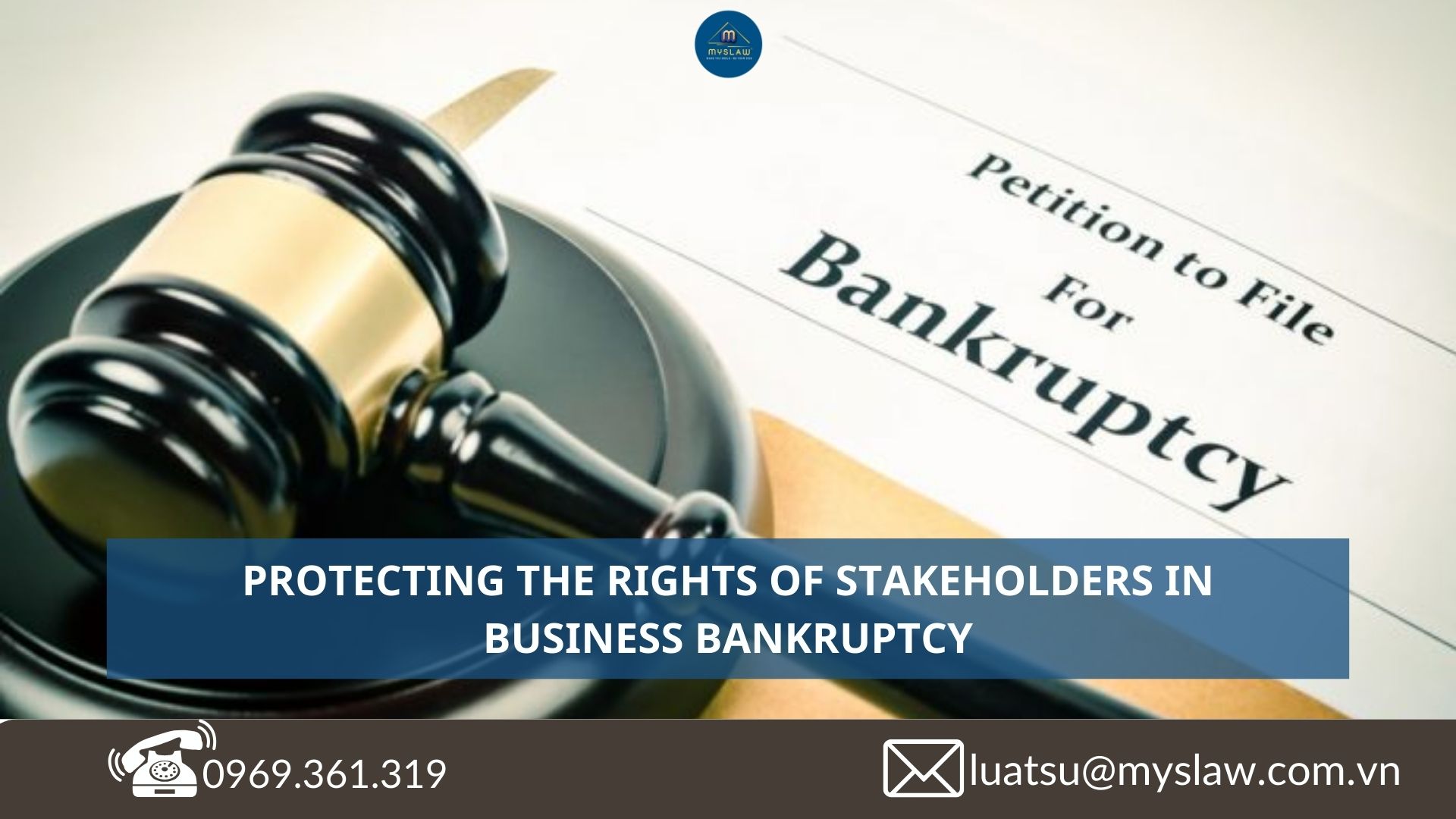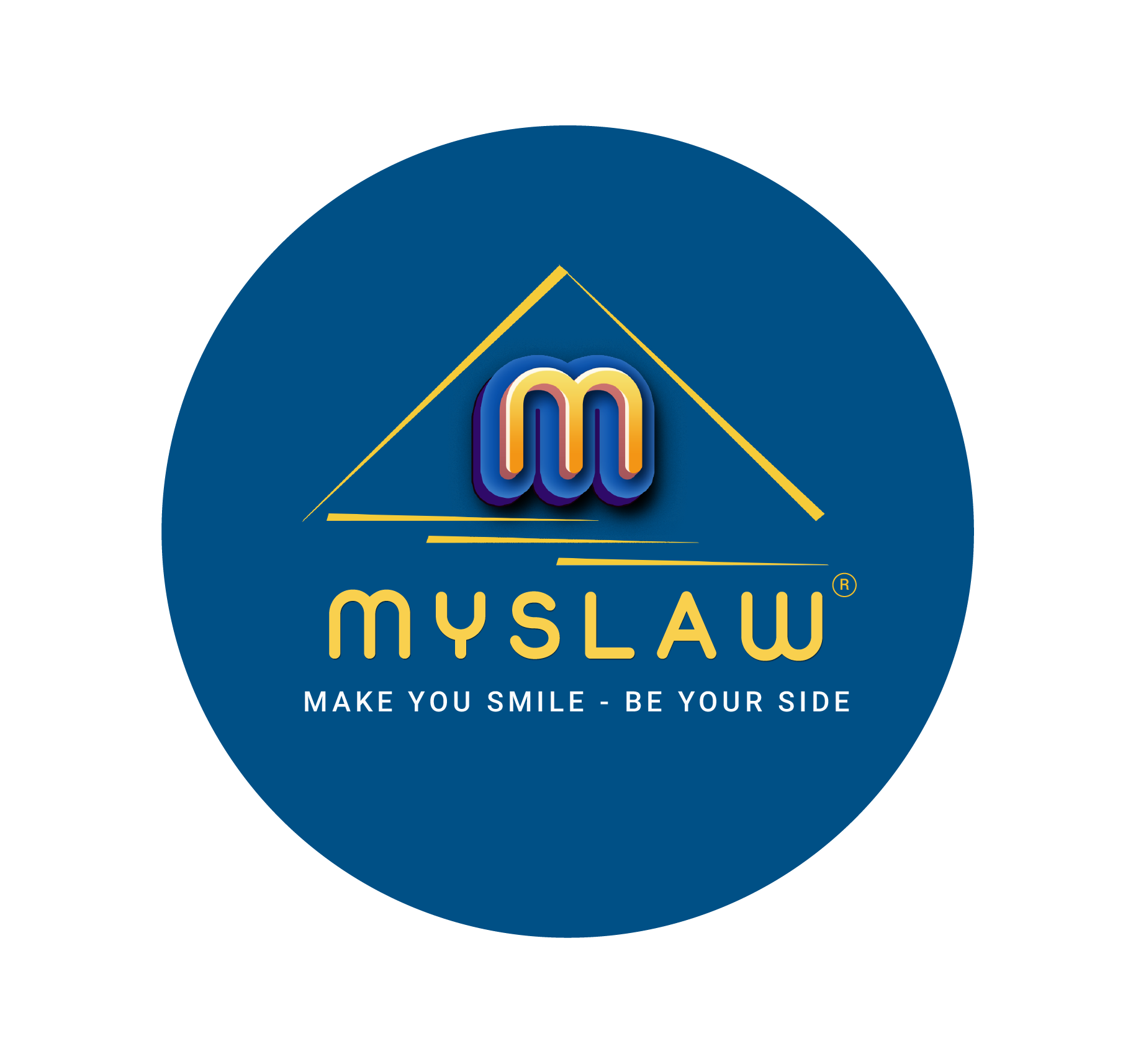In today’s volatile economic environment, business bankruptcy has become increasingly common. However, a fundamental concern remains: ensuring the legal rights of all stakeholders throughout the process. This article provides an in-depth analysis of Vietnam’s legal framework regarding bankruptcy, addressing the rights of employees, creditors, and shareholders while exploring dispute resolution mechanisms and the role of the bankruptcy trustee in safeguarding stakeholder interests.

1. Business Bankruptcy in Vietnam: Legal Framework
Under Clauses 1 and 2, Article 4 of the 2014 Bankruptcy Law, bankruptcy is the legal status of an enterprise or cooperative that is insolvent and has been declared bankrupt by a People’s Court. An enterprise is deemed insolvent if it fails to fulfill its debt obligations within three months from the due date. Therefore, an enterprise is considered bankrupt only when two conditions are met: (i) failure to pay debts within three months from the due date and (ii) a formal bankruptcy declaration by the People’s Court.
This strict procedural requirement ensures that businesses do not arbitrarily declare bankruptcy to evade financial obligations. Instead, judicial oversight plays a crucial role in determining whether a business genuinely qualifies as bankrupt.
2. Protecting Employee Rights in Bankruptcy
Employees are among the most vulnerable stakeholders in bankruptcy proceedings, often facing the risk of unpaid wages and lost benefits. Recognizing this, Clause 1, Article 54 of the 2014 Bankruptcy Law mandates that wages, severance allowances, social insurance, health insurance, and other contractual entitlements must be settled before any other financial obligations.
This prioritization ensures that employees do not bear the financial burden of a company’s failure. Moreover, labor law protections allow employees to file claims in bankruptcy court, seeking compensation for unpaid wages or benefits owed. However, if company assets are insufficient to cover all debts, employees may receive only a proportional payment of their claims.
3. Creditors’ Rights in Business Bankruptcy
Creditors, including financial institutions and suppliers, play a pivotal role in business operations and are significantly impacted by bankruptcy. Legal protections are in place to ensure they recover debts to the maximum extent possible.
3.1. Order of Debt Repayment
In the event of a bankruptcy declaration, company assets are distributed in the following order (Article 54 of the 2014 Bankruptcy Law):
- Bankruptcy expenses (court costs, trustee fees, administrative costs).
- Employee-related debts (wages, severance pay, social insurance, and health insurance).
- Post-bankruptcy debts (debts incurred to maintain business operations after bankruptcy proceedings begin).
- Financial obligations to the State, followed by unsecured creditors and secured creditors with insufficient collateral.
If the remaining assets are insufficient to fully satisfy creditors within the same priority level, payments are made proportionally.
3.2. Rights of Creditors
Creditors are not passive participants in bankruptcy; they possess significant legal rights:
- Participation in creditors’ meetings to discuss debt repayment plans and restructuring options (Article 77).
- Requesting asset reviews and supervising liquidation procedures (Article 82).
- Proposing business recovery plans if the enterprise has restructuring potential (Article 87).
These provisions enable creditors to protect their interests and ensure transparency in the bankruptcy process.
4. Shareholders’ Rights in Bankruptcy
As owners of the company, shareholders face considerable financial risks in bankruptcy. Their rights are primarily governed by the Enterprise Law and include:
- Access to financial information regarding bankruptcy proceedings.
- Participation in asset liquidation to oversee fair distribution of remaining funds.
- Claims on residual assets after all debts are settled.
- Legal action against corporate mismanagement if negligence or fraud is detected.
- Engagement in restructuring efforts if the company has a recovery plan.
However, shareholders are typically the last to receive payouts in bankruptcy. If company debts exceed available assets, they may receive nothing.
5. Dispute Resolution in Bankruptcy Proceedings
Bankruptcy often gives rise to legal disputes over asset ownership, creditor claims, and the fairness of liquidation procedures. Vietnam’s bankruptcy law provides mechanisms for resolving these disputes efficiently.
5.1. Asset Disputes Before Bankruptcy Declaration
Article 114 stipulates that if an asset dispute arises before a bankruptcy declaration, the disputed asset is excluded from liquidation until a court issues a final ruling.
5.2. Asset Disputes During Bankruptcy Execution
If disputes arise after a bankruptcy declaration, Article 115 allows stakeholders to petition the court. Within ten working days, the court must decide whether to reject the petition or escalate the case to a higher authority.
5.3. Dispute Resolution Mechanisms
Stakeholders can resolve disputes through:
- Negotiation, allowing parties to reach a voluntary agreement.
- Mediation, where the court facilitates a resolution.
- Judicial ruling, in which a bankruptcy judge issues a binding decision.
A streamlined dispute resolution process is essential for ensuring fairness and legal compliance in bankruptcy proceedings.
6. Role of the Bankruptcy Trustee
A bankruptcy trustee, appointed by the court, plays a critical role in ensuring transparency and fairness throughout the bankruptcy process.
6.1. Asset Management and Supervision
Trustees are responsible for:
- Verifying financial records and compiling asset inventories.
- Preventing unauthorized asset transfers before liquidation.
- Hiring third-party experts for asset valuation and liquidation.
- Organizing and overseeing asset sales to ensure fair market value.
All proceeds from liquidation must be deposited into a designated court or enforcement agency account to maintain financial integrity.
6.2. Legal Representation and Business Recovery
If a bankrupt business lacks a legal representative, the trustee assumes this role. Additionally, under Article 87, trustees must:
- Prepare financial reports on asset values, outstanding debts, and liabilities.
- Develop restructuring plans if the company can be salvaged.
- Invalidate fraudulent transactions that occurred before or during bankruptcy.
- Recover wrongfully transferred assets to maximize creditor repayments.
Trustees are legally accountable for their actions, ensuring their duties are carried out with due diligence.
7. Conclusion
Protecting stakeholders in business bankruptcy requires a well-structured legal framework and active participation from employees, creditors, shareholders, and court-appointed trustees.
- Employees should understand their legal rights regarding wages, severance, and social security claims.
- Creditors must be aware of debt repayment priorities and actively engage in the bankruptcy process.
- Shareholders should closely monitor proceedings to protect their financial interests.
- Bankruptcy trustees play a vital role in managing assets and ensuring fair distribution.
Given the complexities involved, stakeholders are strongly advised to seek legal counsel from specialized bankruptcy lawyers or experienced trustees to safeguard their rights. By ensuring compliance with Vietnam’s bankruptcy laws and engaging in transparent legal proceedings, all parties can achieve equitable outcomes in business insolvency cases.
The above information is provided by Mys Law. For any questions regarding the content of this article, please contact 0969.361.319 or email: [email protected] for further clarification. Best regards!
Compiler: Nguyen Anh Quan





